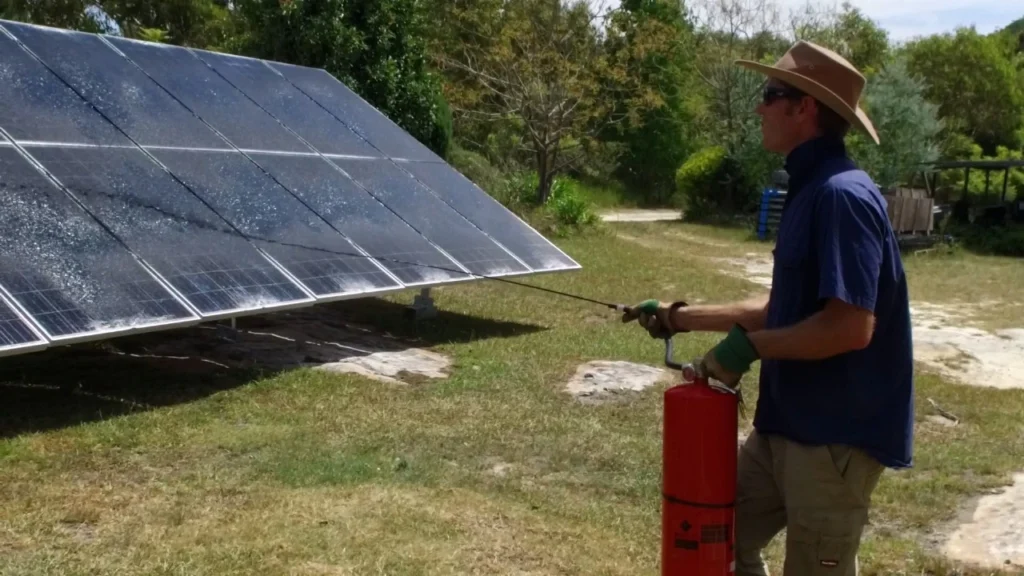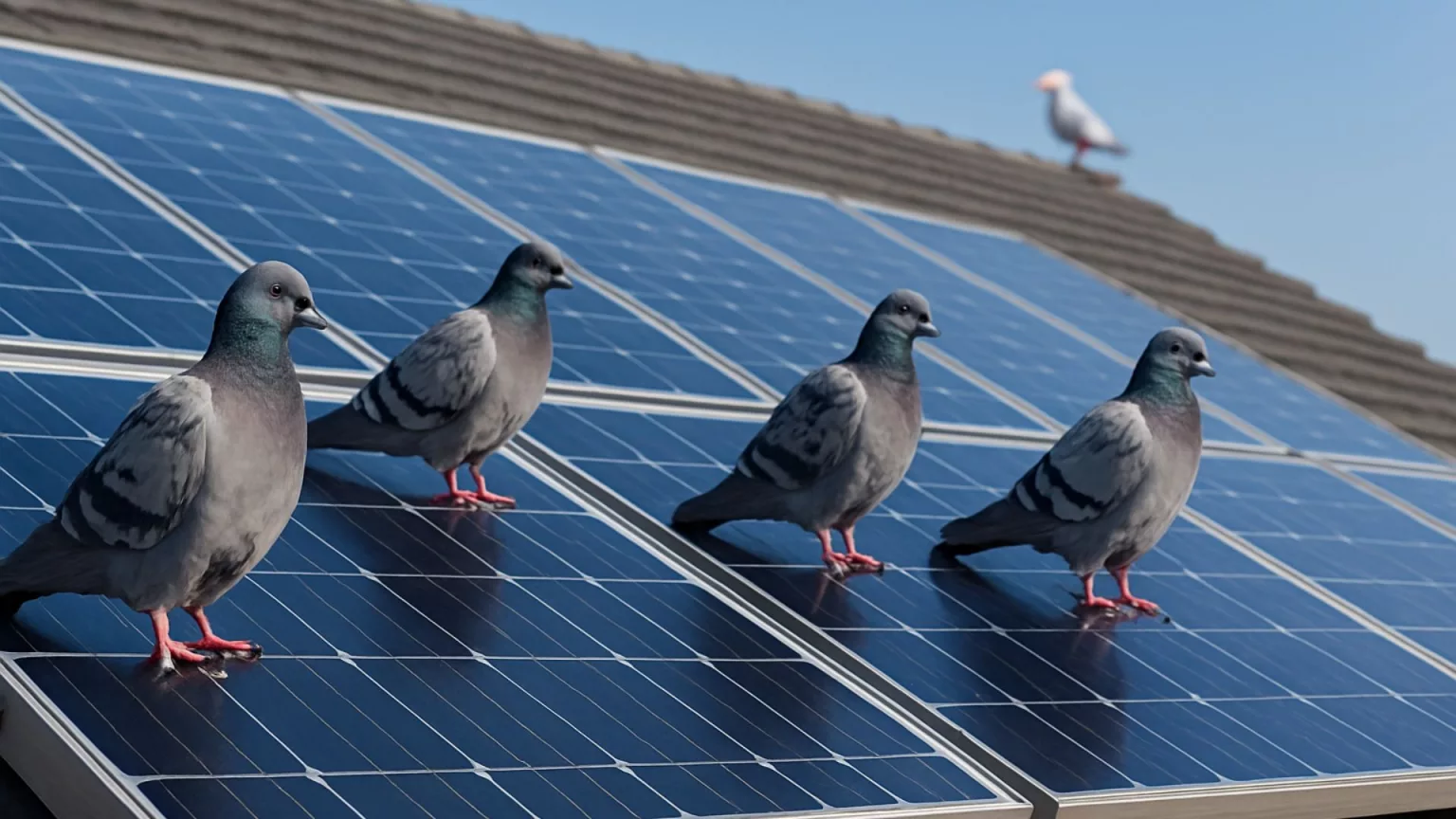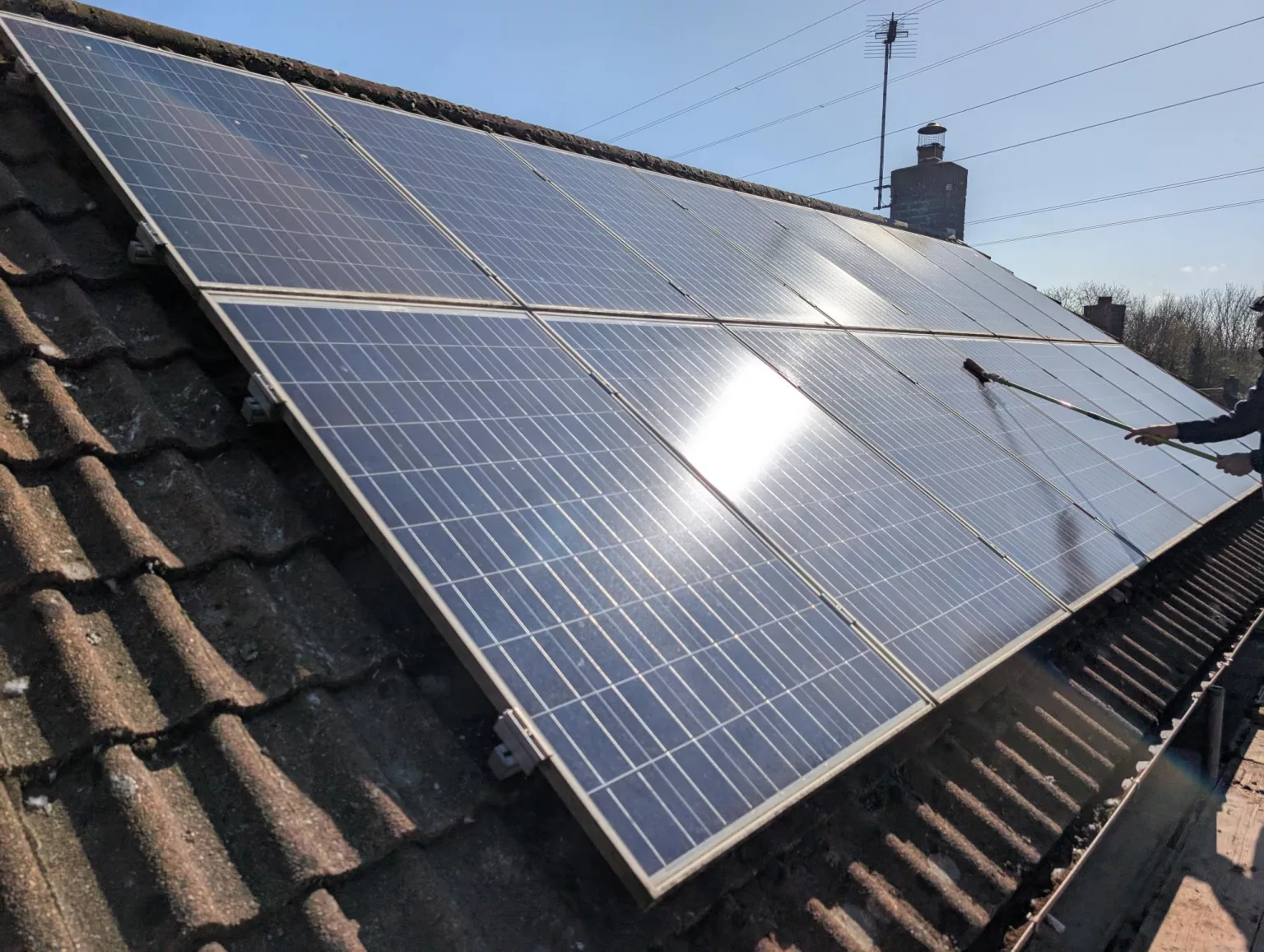Introduction
When the sun is shining, solar panels keep producing electricity — which is excellent for savings but can be dangerous during maintenance, storm damage, or emergency access. PVSTOP (also written as PV Stop) is a spray-applied light-blocking film that instantly stops solar panels producing power at the source, making arrays electrically safe for people working on or near them.
This post explains what PVSTOP is, how it works, who should use it, practical best practices, product sizes, and important safety notes. Use this as a guide for installers, site managers, and first responders.
What is PVSTOP (PV Stop)?
PVSTOP is a water-based polymer film that can be sprayed onto solar panels to block sunlight and halt photovoltaic generation in seconds. Once applied, the solution dries to form a removable, non-conductive, and weather-resistant film that can be peeled off when the array needs to be reactivated.
Note: PVSTOP is designed to de-energise PV arrays by preventing light reaching cells. It is not a fire extinguisher and must not be used as one.
Why PVSTOP matters
-
Instant safety at source: Stops generation at the panel, rather than trying to manage power behind the inverter or meter.
-
Fast deployment: Can be applied quickly from a safe distance — useful when time is critical.
-
Removable: Films peel off without damaging panel surfaces when used according to manufacturer instructions.
-
Weather tolerant: Formulations are designed to perform in rain, frost and varying temperatures for a limited period.
These qualities make PVSTOP ideal for maintenance, emergency responders, and site managers who need a reliable way to make arrays safe.
Who should consider PVSTOP?
-
Installers & maintenance teams – isolate sections of a system before work begins.
-
Facilities & site managers – limit downtime and reduce risk while diagnosing faults.
-
Emergency services & first responders – safe rooftop access in incidents involving solar arrays.
-
Solar farm operators & commercial sites – rapid roll-out across large arrays can reduce risk and repair costs.
How PVSTOP works (quick overview)
-
Apply: Spray from a safe distance using the recommended nozzle and technique.
-
Block: The solution forms an opaque film that blocks irradiance to PV cells and stops current flow.
-
Dry: Film dries quickly to a non-conductive, non-flammable finish.
-
Remove: Peel away the film when safe; dispose of according to local guidance.
Tip: Partial coverage (covering the cell area of certain panels/rows) may be sufficient to reduce output to safe levels — always follow manufacturer guidance for minimum coverage.
Product sizes & coverage
PVSTOP is typically available in multiple sizes to suit different applications. Common options include:
-
4.5 L canister — suitable for small sites, targeted maintenance, or individual rooftops.
-
9 L canister — better for larger rooftops or multiple-panel coverage (approximate coverage depends on panel size and spray technique).
Planning note: Estimate coverage based on panels per row and panel dimensions; always carry a spare canister on site for unexpected needs.
Practical use cases
-
Planned maintenance: Pre-apply to panels or affected sections before technicians access the roof.
-
Storm damage / structural concerns: Make arrays safe to inspect after high-wind or impact events.
-
Post-fault isolation: Quickly reduce energisation to troubleshoot electrical faults.
-
Emergency response: Allow firefighters or responders to access roofs safely when PV remains live.
-
Training drills: Practice application and removal as part of site safety exercises.
Best practices & safety guidance
-
Training: Ensure staff and responders are trained in correct application, PPE use, and removal procedures.
-
PPE: Use appropriate gloves, eye protection and respiratory protection if required by the product SDS.
-
Coverage planning: Plan which panels/rows to treat to achieve safe de-energisation while minimising product use.
-
Documentation: Log batch numbers, application date/time and location for future traceability.
-
Removal & disposal: Peel film off carefully and dispose of per local waste regulations.
-
Complementary safety: Use PVSTOP in addition to other safe-isolation measures — not as a replacement for safe work practices.
Limitations & important safety notes
-
Not a fire extinguisher: PVSTOP does not extinguish fires — always follow emergency services guidance.
-
Temporary measure: Film is temporary; follow manufacturer times for safe exposure and removal windows.
-
Manufacturer instructions: Always follow the product SDS and application guide for best results and warranty compliance.
FAQs (schema-ready)
Q: What is PVSTOP used for? A: To instantly stop solar panels producing electricity by blocking sunlight with a spray-applied film, enabling safer access for maintenance or emergency responders.
Q: Is PVSTOP a fire extinguisher? A: No. PVSTOP stops power generation but should not be used to fight fires.
Q: Will PVSTOP damage my panels? A: When used per manufacturer guidance, PVSTOP peels off cleanly without damaging panels.
Q: How long does PVSTOP last on panels? A: Longevity depends on weather and exposure; follow manufacturer guidance for maximum safe exposure time.
Q: Do I need training to apply PVSTOP? A: Yes. Training ensures correct coverage, PPE use and safe removal.
Interested in adding PVSTOP to your safety toolkit? Shop PVSTOP on Solar Decisions or contact us for a more information. Keep your team safe and your site protected.




